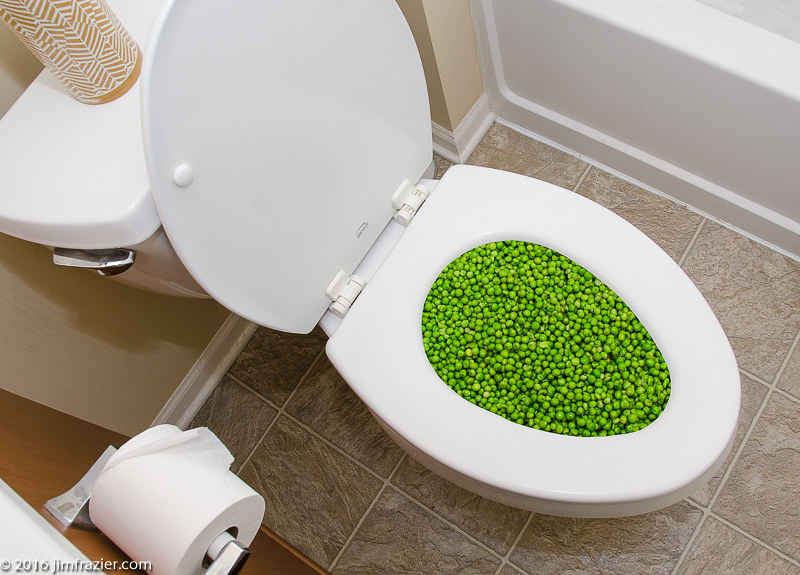Is it Rational to Dispose of Food in the Toilet?
Is it Rational to Dispose of Food in the Toilet?
Blog Article
How do you really feel with regards to Think Twice Before Flushing Food Down Your Toilet?

Intro
Lots of people are frequently confronted with the predicament of what to do with food waste, particularly when it concerns leftovers or scraps. One usual inquiry that develops is whether it's all right to purge food down the commode. In this article, we'll explore the reasons that individuals could consider purging food, the repercussions of doing so, and alternate techniques for proper disposal.
Reasons that people may think about purging food
Absence of recognition
Some individuals may not recognize the possible injury brought on by purging food down the commode. They may erroneously believe that it's a harmless method.
Ease
Flushing food down the bathroom may appear like a quick and very easy option to disposing of undesirable scraps, especially when there's no neighboring garbage can available.
Negligence
In many cases, people might merely select to flush food out of sheer idleness, without considering the effects of their activities.
Repercussions of flushing food down the bathroom
Ecological influence
Food waste that ends up in waterways can contribute to contamination and injury aquatic ecosystems. Furthermore, the water utilized to flush food can strain water sources.
Pipes concerns
Flushing food can cause stopped up pipelines and drains, causing pricey pipes fixings and aggravations.
Kinds of food that must not be flushed
Coarse foods
Foods with coarse structures such as celery or corn husks can get tangled in pipelines and trigger clogs.
Starchy foods
Starchy foods like pasta and rice can take in water and swell, leading to clogs in pipes.
Oils and fats
Greasy foods like bacon or cooking oils need to never be flushed down the toilet as they can solidify and cause obstructions.
Appropriate disposal approaches for food waste
Using a garbage disposal
For homes geared up with garbage disposals, food scraps can be ground up and flushed through the plumbing system. However, not all foods are suitable for disposal in this fashion.
Recycling
Certain food product packaging products can be recycled, minimizing waste and decreasing ecological effect.
Composting
Composting is an environmentally friendly way to deal with food waste. Organic products can be composted and utilized to enrich dirt for gardening.
The relevance of appropriate waste administration
Reducing ecological injury
Appropriate waste management methods, such as composting and recycling, aid reduce air pollution and preserve natural resources for future generations.
Protecting plumbing systems
By avoiding the method of flushing food down the commode, house owners can prevent costly plumbing repairs and keep the stability of their pipes systems.
Final thought
To conclude, while it may be alluring to flush food down the bathroom for convenience, it is essential to understand the possible effects of this action. By taking on appropriate waste administration practices and throwing away food waste responsibly, people can add to healthier plumbing systems and a cleaner atmosphere for all.
FLUSH FOOD DOWN THE TOILET?
FLUSHING FOOD CAN CAUSE BLOCKED DRAINS IN YOUR HOME
All of the plumbing fixtures in your home are connected to the same sewer pipe outside of your home. This outdoor sewer pipe is responsible for transporting all the wastewater from your home to the Council sewer mains. Even small pieces of food that go down the kitchen sink can cause problems for your sewer. It should therefore be obvious that flushing larger bits of food, such as meat, risks a clog in either the toilet itself or the sewer pipes. Flushing greasy food is even more problematic because oil coagulates when it cools, coating the interior lining of your pipes.
THE TOILET IS NOT A BIN
Food isn’t the only thing that people shouldn’t be flushing down the toilet. People use the toilet to dispose of all kinds of things such as tampons, makeup wipes, dental floss, kitty litter and even underwear. Water goes to great lengths to educate residents about the high costs and stress placed on wastewater treatment systems simply from people flushing the wrong stuff down the toilet. It costs taxpayers millions of dollars each year, and homeowners thousands in blocked drain repairs.
FLUSHING FOOD IS A WASTE OF WATER
Flushing food is a waste of our most precious resource - water. In June this year Level 1 water restrictions were introduced to protect water supply from drought conditions. Much of New South Wales continues to be affected by prolonged drought with recent figures revealing up to 97 per cent of the state remains in drought. Depending on whether you have a single or dual flush toilet, every single flush uses between five and 11 litres of water. In the current climate this is a huge amount of water to be wasting on flushing food that should be placed in the bin (or better yet, the compost).
https://www.jabplumbingsolutions.com.au/blog/can-you-flush-food-down-the-toilet

We had been introduced to that report on What Can Happen If You Flush Food Down the Toilet? from an acquaintance on a different domain. Feel free to take the opportunity to share this write-up if you appreciated it. Thanks so much for taking the time to read it.
Explore Report this page